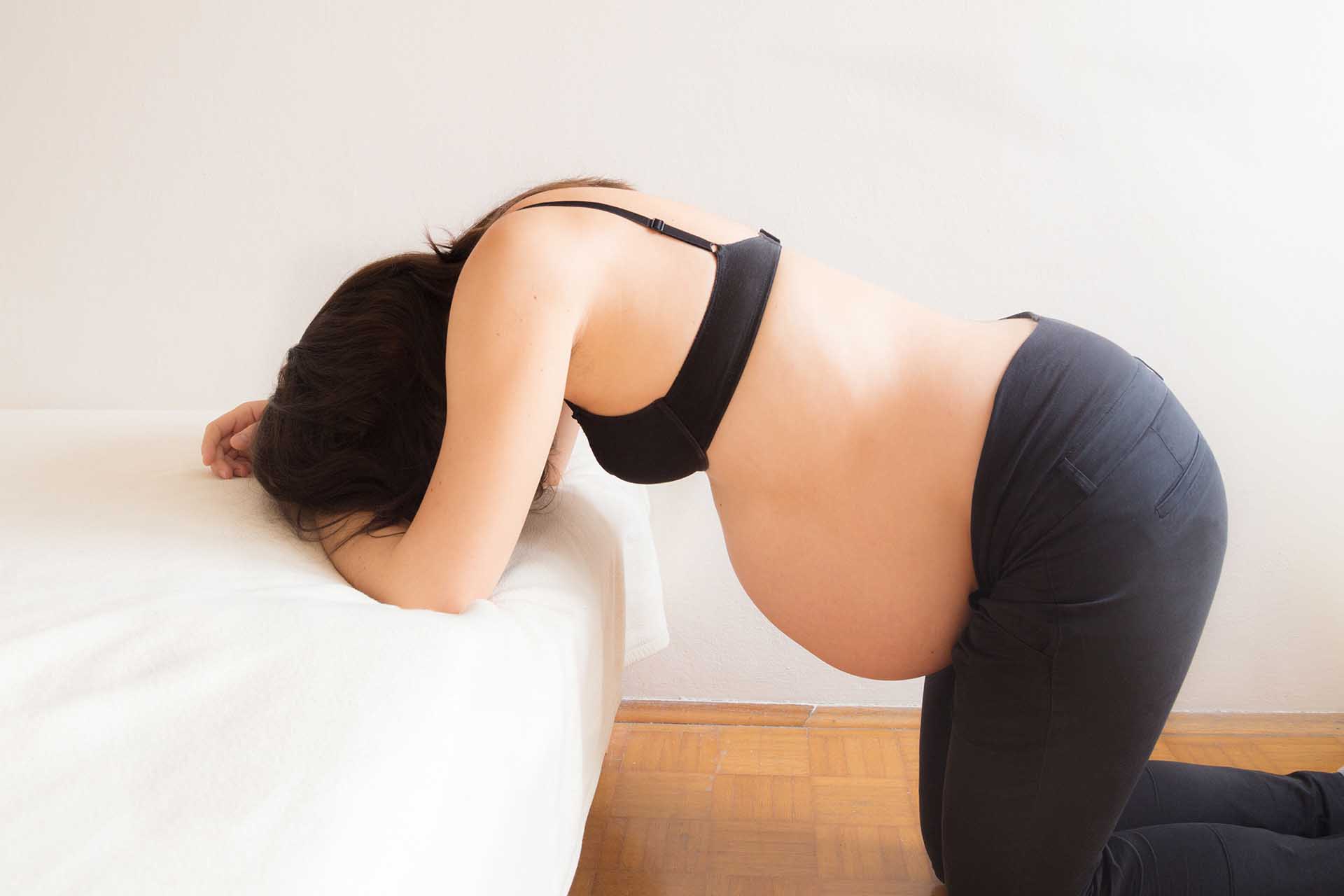Labour and childbirth is usually a painful experience and it is difficult to know how a woman might respond. Knowing all of the options available for pain relief will help you to decide what is best for you.
You may prefer to avoid drugs and other medical interventions or be happy to consider all available options. Include your wishes in your birth plan, but its best to keep an open mind, especially if you are having your first baby.
Natural pain relief options:
- Breathing techniques can help you to relax, stay calm and ‘ride the waves’ of each contraction.
- Keep moving. Changing postures can help so you might try kneeling, squatting on your side, walking around or rocking backwards and forwards.
- Constant, close support from a partner, trusted friend or relative for the duration of labour can help to reduce anxiety. However, if you don’t have anyone, your midwife will provide the support you need.
- Using distractions like music to take your mind off the pain.
- Place hot water bottles or hot packs on your back or lower abdomen.
- Hydrotherapy – being in water can help you relax and make the contractions seem less painful. This could be in a warm bath or birthing pool.
- Try massage, although you may find you don’t want to be touched.
- While there is little research into the use of hypnosis, acupuncture, and acupressure for pain relief in labour, some women may find it helpful. However, it is important that these therapies are only practiced by qualified practitioners.
- Transcutaneous electrical nerve stimulation (TENS) is a device that delivers small pulses of electrical current that may help to reduce pain during labour. It works by stimulating the body to produce more of its own natural painkillers and reducing the number of pain signals that are sent to the brain by the spinal cord. It is most effective in the early stages of labour and has no known side effects for mother or baby.
Medical pain relief options:
- Gas is a mixture of oxygen and nitrous oxide gas. While it won’t remove all the pain, it can help to reduce it and make it more bearable. Many women like it because it’s easy to use and they control it themselves.
- An epidural is a special type of local anaesthetic that numbs the nerves that carry pain from the birth canal to the brain. It usually provides complete pain relief.
- Pethidine is a strong painkiller given by injection. It doesn’t completely take away the pain but helps to reduce the severity.
Whichever pain relief options you choose, being prepared can help to reduce anxiety and pain and help you better cope with the labour. Antenatal classes are strongly recommended as they help you to know what to expect at each stage of labour and to feel more in control.
For more information:
Pregnancy, Birth & Baby website
Managing pain in labour Royal Women’s Hospital website


